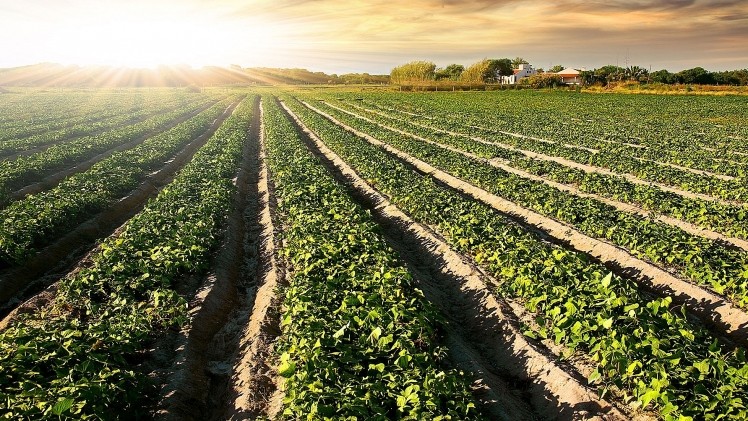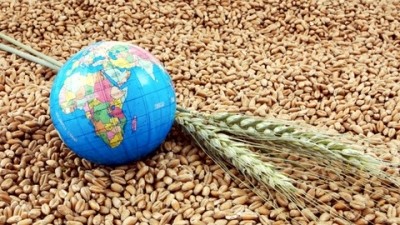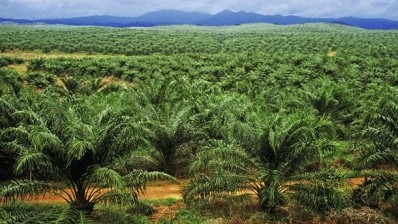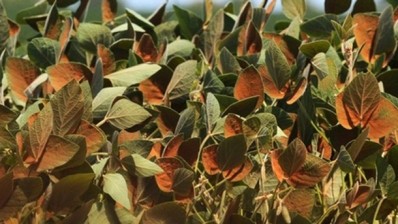Indian trade
South-South trade will be key to feeding Southeast Asia

The Dutch bank, which specialises in food and agribusiness, has released a report which examines the drying out of India’s soymeal exports and the impact of this on world markets. It warns that Southeast Asia will become increasingly reliant on Latin America for imports as India dwindles.
The region currently depends on the subcontinent to meet a growing need for soymeal as Southeast Asia’s poultry, livestock and aquaculture industries thrive on the back of rising consumer demand for these products.
At the same time, India’s available soymeal for export is now negligible while prices continue to rise.
Traditional supply major
Traditionally, India has been the largest supplier of soymeal to Southeast Asia, providing 36% of imports as recently as 2008. However, as its own domestic demand has increased, driven by the animal protein and dairy industries, production has been constrained to the point exports could dry out by 2020, says Rabobank.
In parallel, over the past decade Southeast Asia’s soymeal imports have more than doubled from 6m tonnes in 2003/4 to 13.7m tonnes in last year. At the current growth rate, it could reach 23m tonnes by 2020 as the region’s consumers boost the protein in their diets.
A lack of additional crop-producing land and water in Southeast Asia is preventing domestic production from meeting this growth in demand, as is is poor infrastructure and logistics in large parts of the region.
Latin America to the rescue
Pawan Kumar, head of food and agribusiness research at Rabobank, said soymeal was a vital feed commodity for the animal protein industry.
“The reducing role of India in soymeal trade along with higher prices is already impacting trade flows globally, increasing Southeast Asia’s reliance on Latin America, and accelerating growth of the south-south corridor faster.
“In particular, imports from Argentina and Brazil will further increase, giving bargaining power to suppliers in these countries in the absence of any other sustainable alternatives. This important balance shift will prompt players in South East Asia to seek strategic options to secure supplies.”
Given the prospect for growth in the domestic corn supply, which grew by three times between 2007 and 2013, India will continue to play a key role in future feed trade to Southeast Asia, Rabobank predicts.
“However, at the current rate India’s soymeal exports will be negligible in the next five years, and a consolidation in the Indian oilseed crushing industry can also be expected,” Kumar added.
In 2013/14 South East Asia’s top soymeal importers were Indonesia (4m tonnes), Vietnam (3.3), Thailand (2.7), Philippines (2.5) and Malaysia (1.6). Overall, the region produced 2.4m tonnes of soymeal domestically, and imported 13.7m tonnes from overseas.












